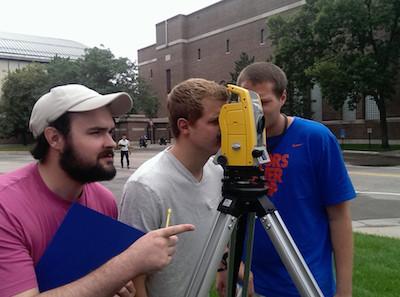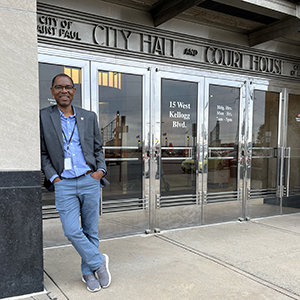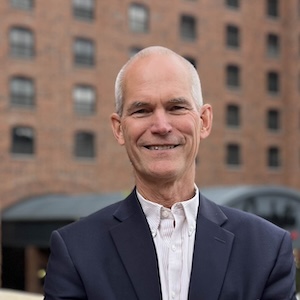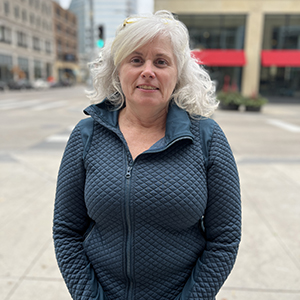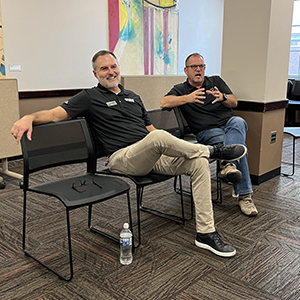“Somehow we had to acquire more survey equipment for the students in the summer course,” says Peter Hilger, Faculty Director for the Construction Management program. “Demand for the surveying course is there, and it isn’t going away anytime soon.”
Existing equipment for Surveying and Mapping had been donated by Ramsey County and was due to be replaced; however, new total stations were an unanticipated requirement last summer. In order to meet student needs and keep the course equipped with the latest and greatest in surveying equipment, Hilger challenged the Construction and Facility Management Advisory Board by promising to purchase one new total station himself if the Advisory Board and its members donated money to purchase an additional three total stations for the course.
“It was a ‘GoFundMe’ initiative, and it worked,” Hilger says. “We pulled it off in two weeks, and the course was ready to be taught.”
Xcel Energy Inc., which is represented on the Advisory Board, donated money to purchase one full total station, and other members of the Advisory Board, representing construction companies across the Twin Cities metro, pooled funds to purchase two additional stations. Those donors were as follows: American Engineering Testing, Inc., APi Construction Co., Doran Construction Company, LLC, Genevieve McJilton (a program alumna), McGough Construction, RJM Construction, Ryan Companies US, Inc., and Watson-Forsberg Construction.
The summer Surveying and Mapping course was taught by Paul Backer, adjunct instructor for the U of M’s Construction Management program and Lead Engineer for Hennepin County Transportation. In Backer’s course, students use the total stations to study traversing (linking angles and distances in the field) and topography, which refer to the work of mapping out the foundations and components of structures. Backer puts students in groups of four, gives them a total station to work with, and assigns work from there.
“This new equipment brought heightened energy and professionalism to the classroom,” Backer says. “It made me proud to be an instructor because we were offering an enhanced learning opportunity through state-of-the-art equipment. When these students enter the workforce, they will be that much more prepared.”
The fall 2016 course offering for Mapping and Surveying was at full capacity, just as the summer course was. Fortunately, for the students, their demand for coursework is being met and then some, thanks to generous donations from the program’s Advisory Board.
